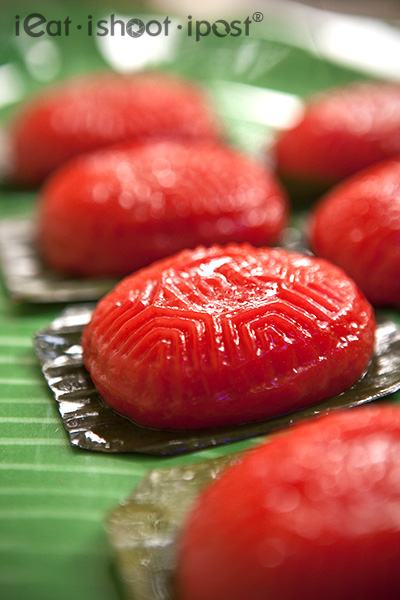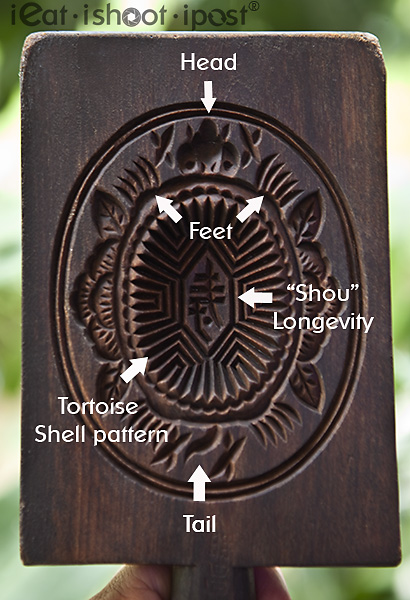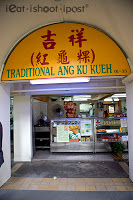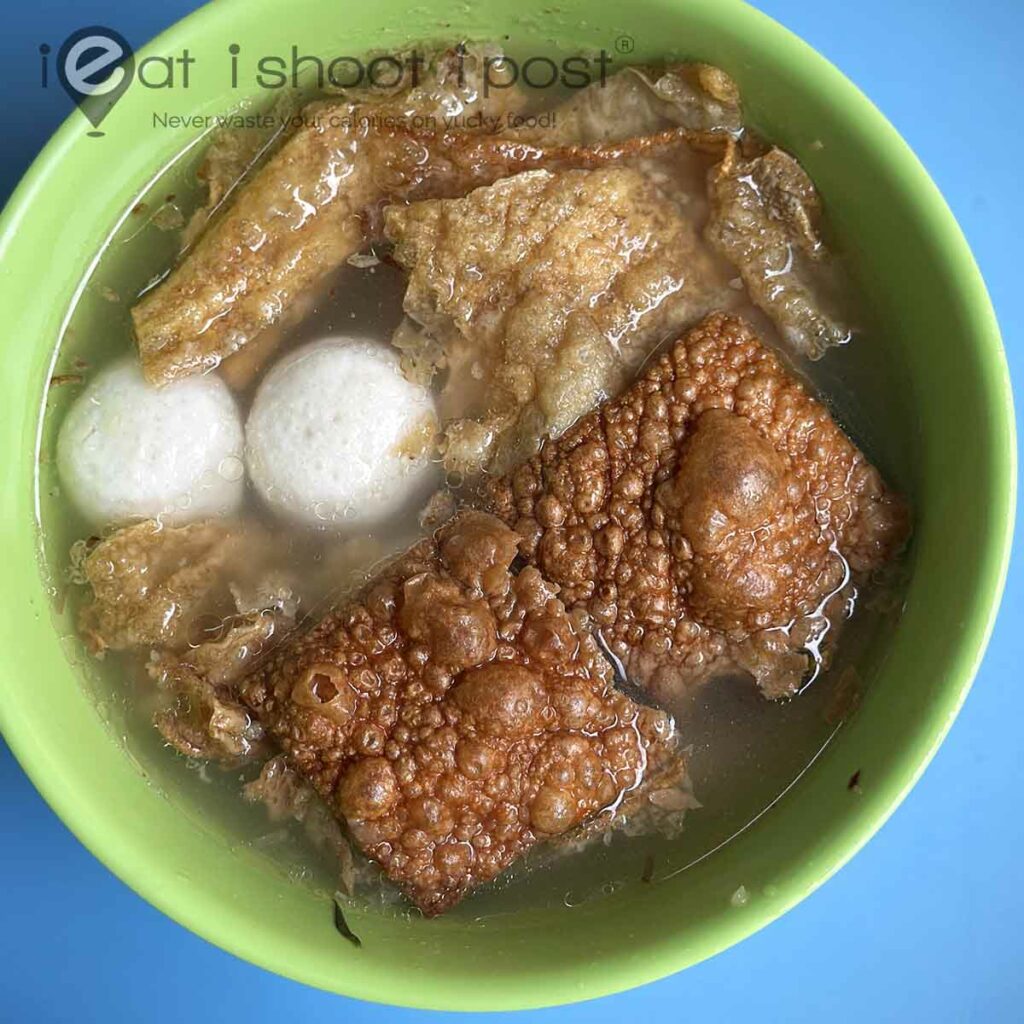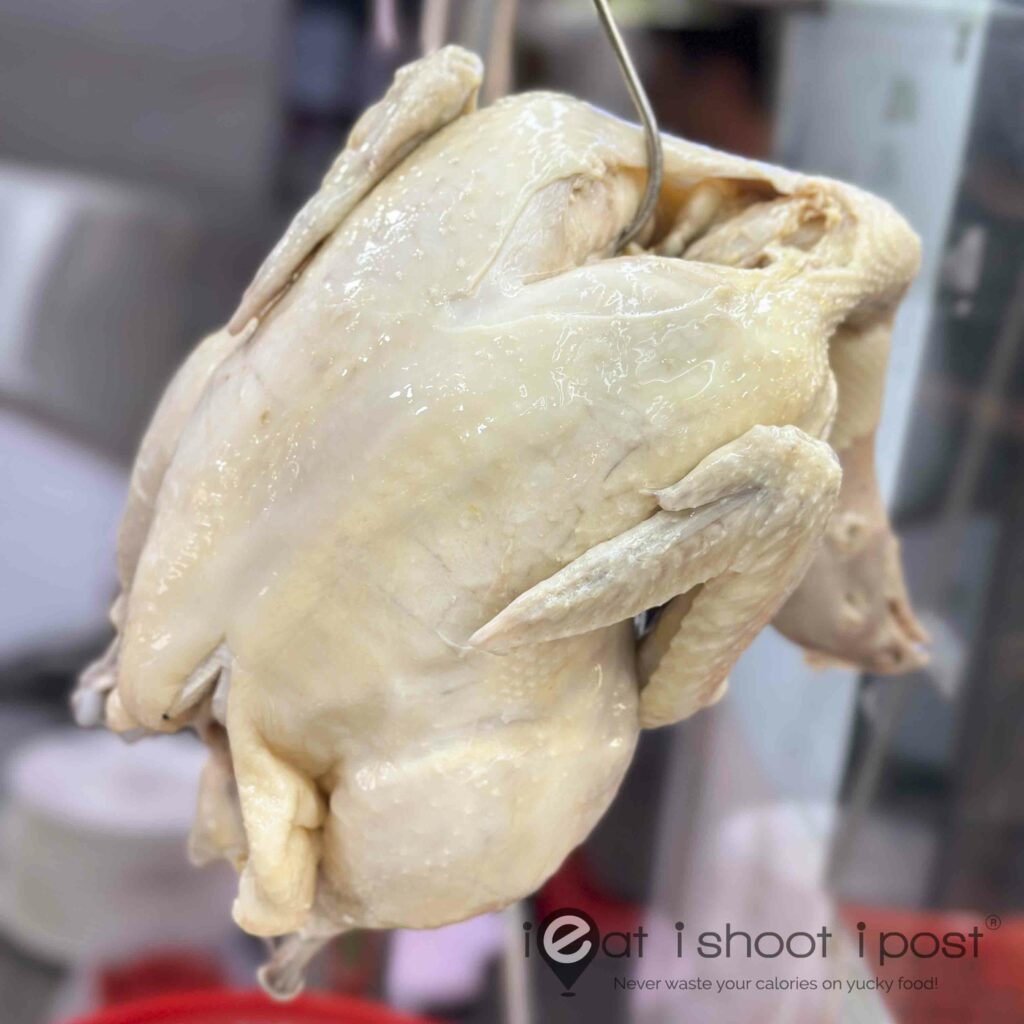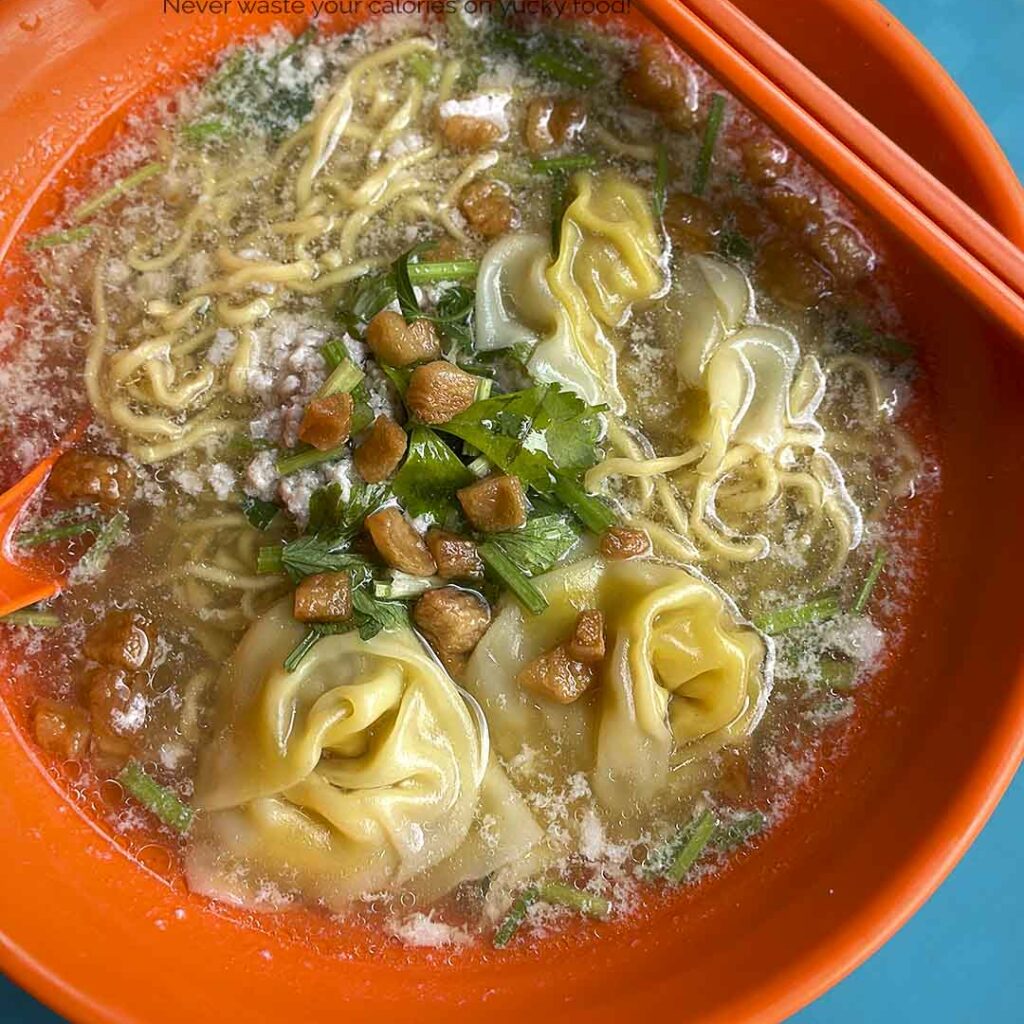Nowadays, our kids probably know more about Mochi than Ang Ku Kueh. When I was a kid, everyone knows about Ang Ku Kueh, especially if you are Hokkien. You know what I am talking about right? That Ang Ku Kueh song that starts with a Nun knocking on an olive:
Orh Ni Gu, Kok Ka Nah, (Nun, Knocking an Olive)
Chup Jee Hueh, Cho Ah Mah, (12 years of age, becomes a Granny)
Ah Mah Derng, Ah Mah deh, (Granny long, Granny short)
Ah Mah Tao Jiak Ang Ku Kueh. (Granny ate an Ang Ku Kueh in secret)
Ang Ku Kueh Sio Sio, Jiak liao Tio Beh Pio, (Ang Ku Kueh hot hot, eat already strike lottery)
Tio Jip Bah, Hor Lang Pah, Tio Jip Cheng, Hor Lang Jeng! (Strike 100, let people slap, Strike 1000, let people punch)
Wish someone made a music video!
Anyway, whenever I see or hear about Ang Ku Kueh, that rhyme is the first thing that crosses my mind. At first, I thought it was quite a universal song that everyone should know, but it turned out that that is not entirely true even of people in my generation. So, have you heard of this rhyme or not?
Ang Gu Kueh literally means Red Tortoise Dumpling. It is usually used to commemorate the baby’s first month celebration which is why it is red in colour. But have you actually looked at the mold before? Its quite interesting. You do actually see the head, feet and tail fo the tortoise, plus the pattern of the tortoise shell. In the middle of the motif is the word 寿 (Shou) which means longevity. And of course Ang Gu Kueh is always red (Ang) in colour because red is the auspicious colour in the Chinese culture. So even though Ang Gu Kueh comes in yellow, green and purple nowadays, it is still called Ang Gu Kueh instead of Cher (Green) Gu Kueh or Ng (Yellow) Gu Kueh.
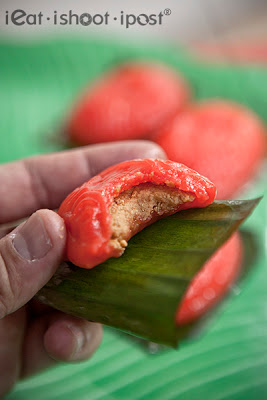
<span style=”font-family: “Trebuchet MS”,sans-serif; font-size: x-small;”>The Key to a good Ang Ku Kueh lies in the thin skin
Ask a dozen people where to get the best Ang Ku Kueh in Singapore and invariably you will hear of this particular stall in Everton Park. However, there would be few who can actually tell you the name of the stall, it is known simply as “Everton Park”. This stall has been in business for 25 years and continues to make Ang Ku Kueh by hand. The key to a great Ang Ku Kueh is the texture of the skin which must be tender, chewy and most importantly, not stick to the teeth. This is important because if it stuck to the teeth, it would pull the dentures out of the mouth of unwary grannies!
The other important ingredient (actually there are only 2) is the filling. If you visit Ji Xiang, you will notice not just one, but a few tables full of split green beans which is still prepared by hand. Traditionally, there were only three types of filling, viz, peanut, split beans and salty green beans. Nowadays, you get more exotic flavours like durian, black sesame etc.
The skin was indeed thin and tender. However I was a bit dissappointed with the peanuts as they are too finely ground and clumped together. I guess it is easier to make the Ang Ku Kueh if the peanuts were moldable since they would first roll the peanut paste into a ball before wrapping it with the glutinous rice skin. It would take more effort to make an Ang Ku Kueh where the peanut paste remain light and airy and retains that grittiness. The bean paste is better but my favourite flavour is peanuts so I can’t really tell you how it compares to others. 4.25/5
Conclusion
So tell me, do you like Ang Ku Kueh? Or is it the dessert of a bygone era and only eaten when you go for baby showers?



